How To Pinch Sweet Peas For Fuller Plants
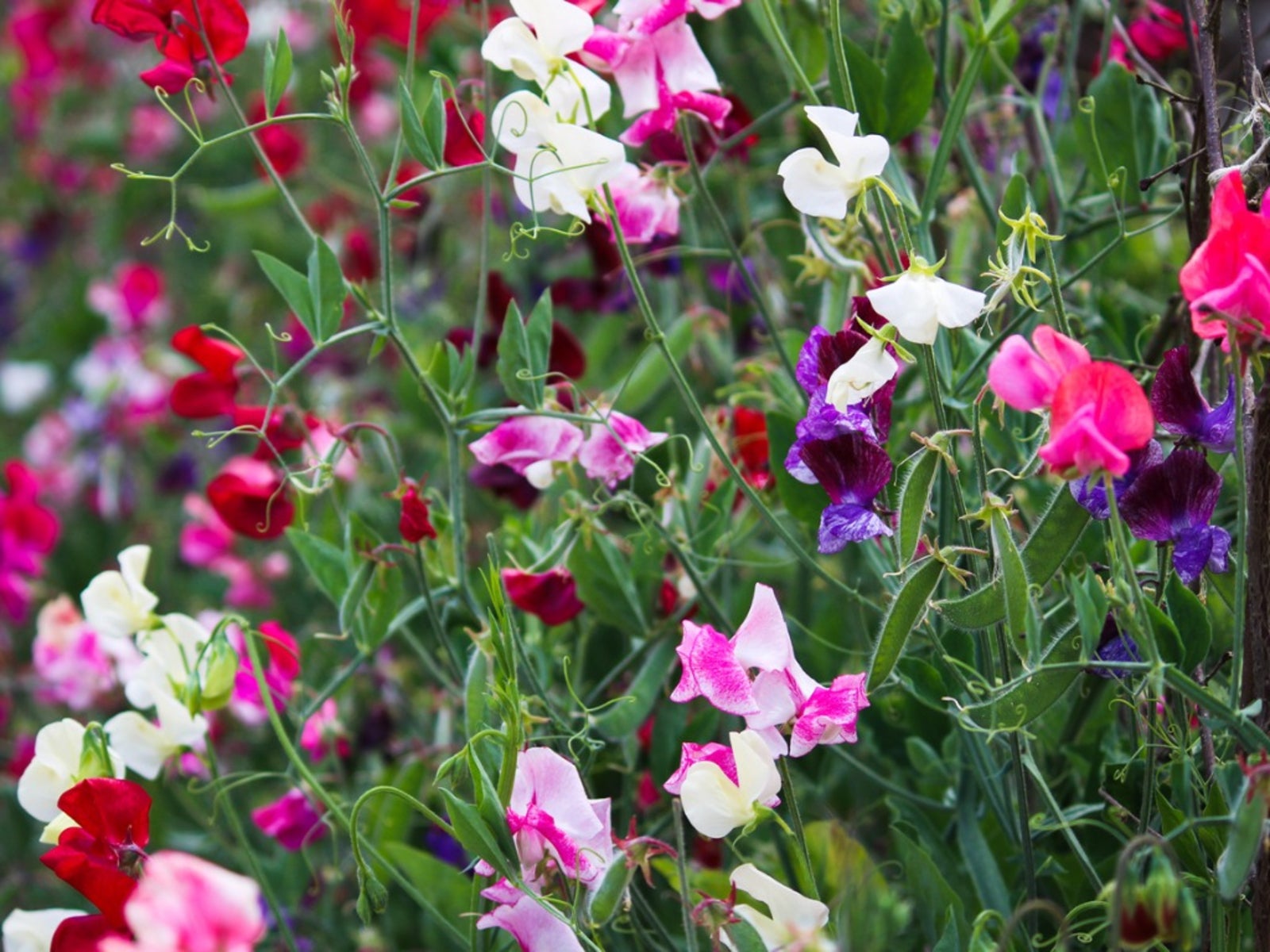

Sweet peas have been cultivated since the early 1700s. By the 1880s, Henry Eckford began hybridizing the sweet scented blooms for more color variety. A natural mutation found in the gardens of the English Earl of Spencer, gave us the large flowering varieties of today.
Should I Pinch Sweet Peas?
When it comes to pinching out sweet peas, there are two schools of gardeners: those who claim pinching sweet peas back ruins the natural form of the plant and sacrifices the size of the bloom, and those who believe that to pinch sweet pea plants early in their growth adds beauty and fullness and the additional blooms make up for diminished size. It's all a matter of opinion.
If you're a beginning gardener or just new to growing this lovely vine, you might want to experiment by pinching sweet peas in half your bed and allowing the rest to grow naturally.
How to Pinch Sweet Peas for Fuller Plants
Sweet pea seeds can be planted directly into deeply loosened soil as soon as the ground can be worked. Once the peas have sprouted to 3 to 4 inches (7.5 to 10 cm.) high, the seedlings should be thinned to 5 or 6 inches (12.5 to 15 cm.) apart. To pinch sweet pea plants, wait until they are 4 to 8 inches (10 to 20.5 cm.) high.
Take the growing tip between your forefinger and thumbnail and snip the growing tip off using your nail as your blade. Pinching out sweet peas will force the plant hormones called auxins to move to the side or auxiliary tips. The auxins will produce growth and for new and stronger growing tips.
Pinching out sweet peas will provide you with more blooms for cutting. It's one of the wonders of growing these delightful vines. The more blooms you cut, the more will grow, so don't be afraid of pinching out your sweet peas to enjoy the bouquets.
Gardening tips, videos, info and more delivered right to your inbox!
Sign up for the Gardening Know How newsletter today and receive a free copy of our e-book "How to Grow Delicious Tomatoes".

Jackie Rhoades began writing for Gardening Know How in 2010.
-
 Looking For Plants To Give You The Soft And Fuzzies? Try These 5 Fuzzy Leaf Plant Options
Looking For Plants To Give You The Soft And Fuzzies? Try These 5 Fuzzy Leaf Plant OptionsLovers of texture, drama, silver foliage and tactile plants will adore these special sensory garden additions. These fuzzy leaf plant options will leave you all aglow
By Susan Albert
-
 Get Ready For A Summer Of Hummers! Grow These Full Sun Hummingbird Plants and Flowers
Get Ready For A Summer Of Hummers! Grow These Full Sun Hummingbird Plants and FlowersIf you’re lucky enough to enjoy a sunny backyard, make sure you are maxing out on your pollinator opportunities and grow these full sun hummingbird plants and flowers
By Tonya Barnett
-
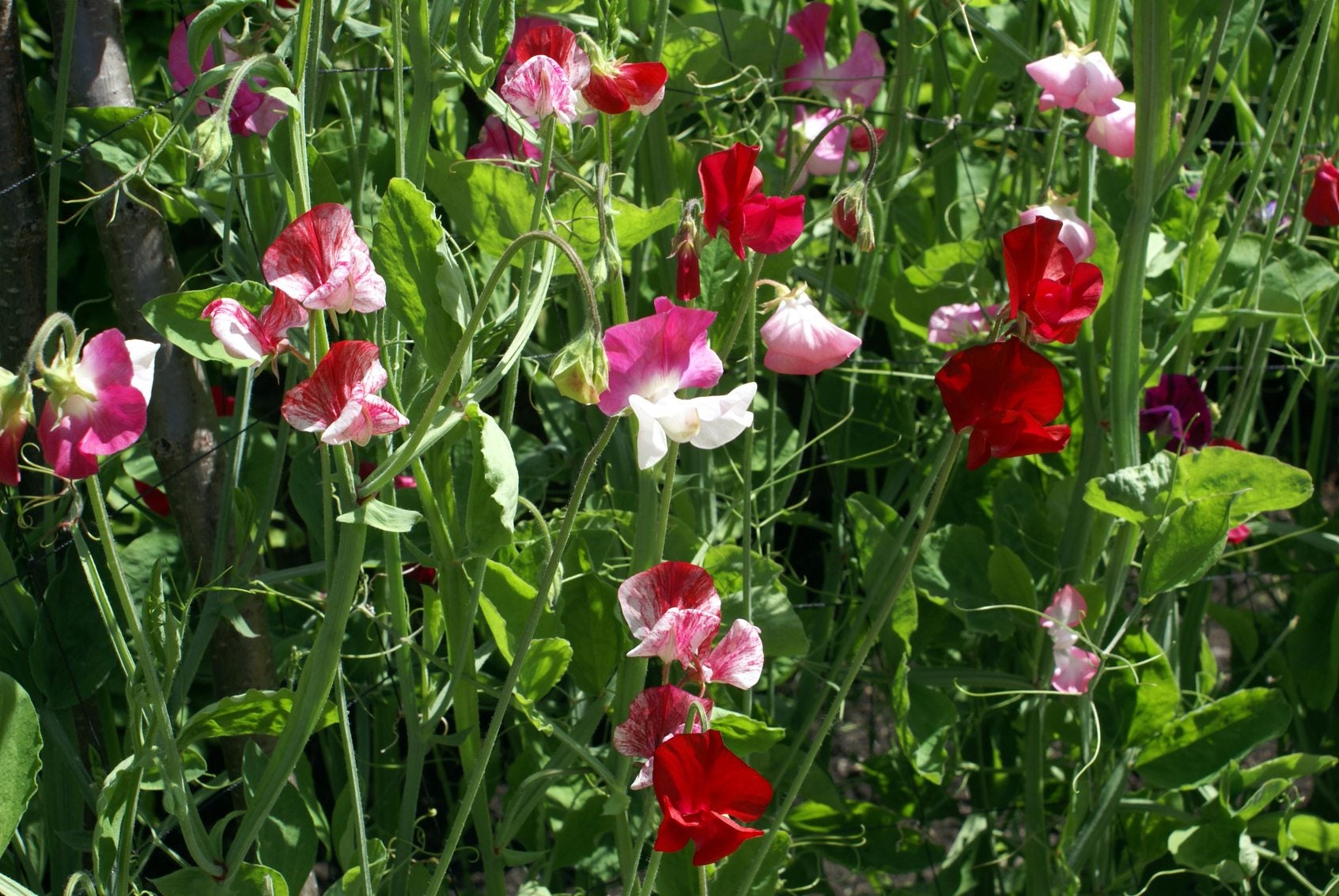 Why Don’t My Sweet Peas Flower – How To Get Sweet Peas Blooming
Why Don’t My Sweet Peas Flower – How To Get Sweet Peas BloomingMy sweet pea flowers are not blooming! It can be frustrating when you've done everything you can think of to help your flowers thrive, but they refuse to bloom. Let's look at a checklist of the requirements for a sweet pea to bloom in this article.
By Jackie Carroll
-
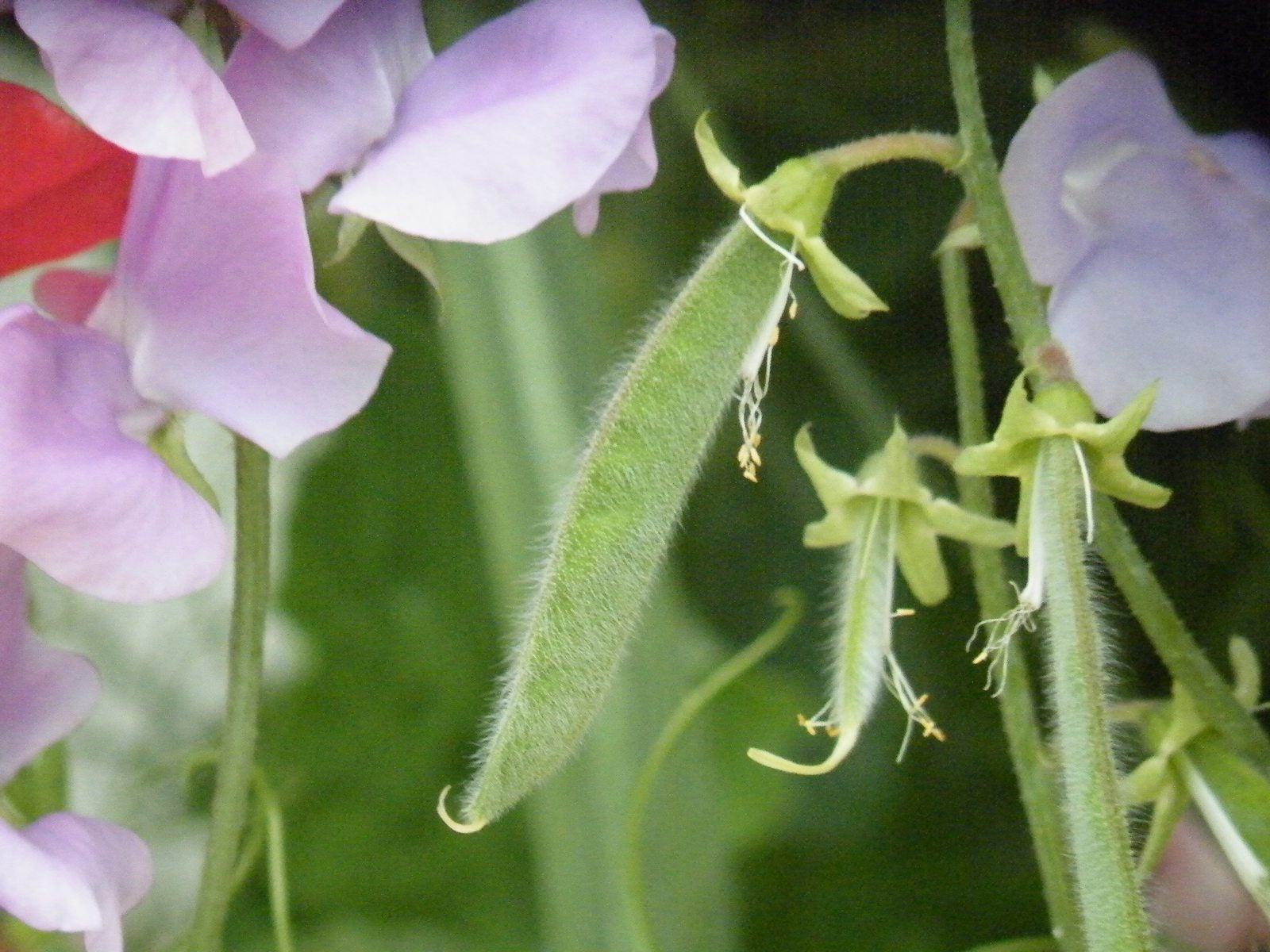 Can You Eat Sweet Peas – Are Sweet Pea Plants Toxic
Can You Eat Sweet Peas – Are Sweet Pea Plants ToxicBecause of their name, there is some confusion as to whether you can eat sweet peas. They certainly sound like they might be edible. So are sweet pea plants toxic, or are sweet pea blossoms or pods edible? Click this article to learn more.
By Amy Grant
-
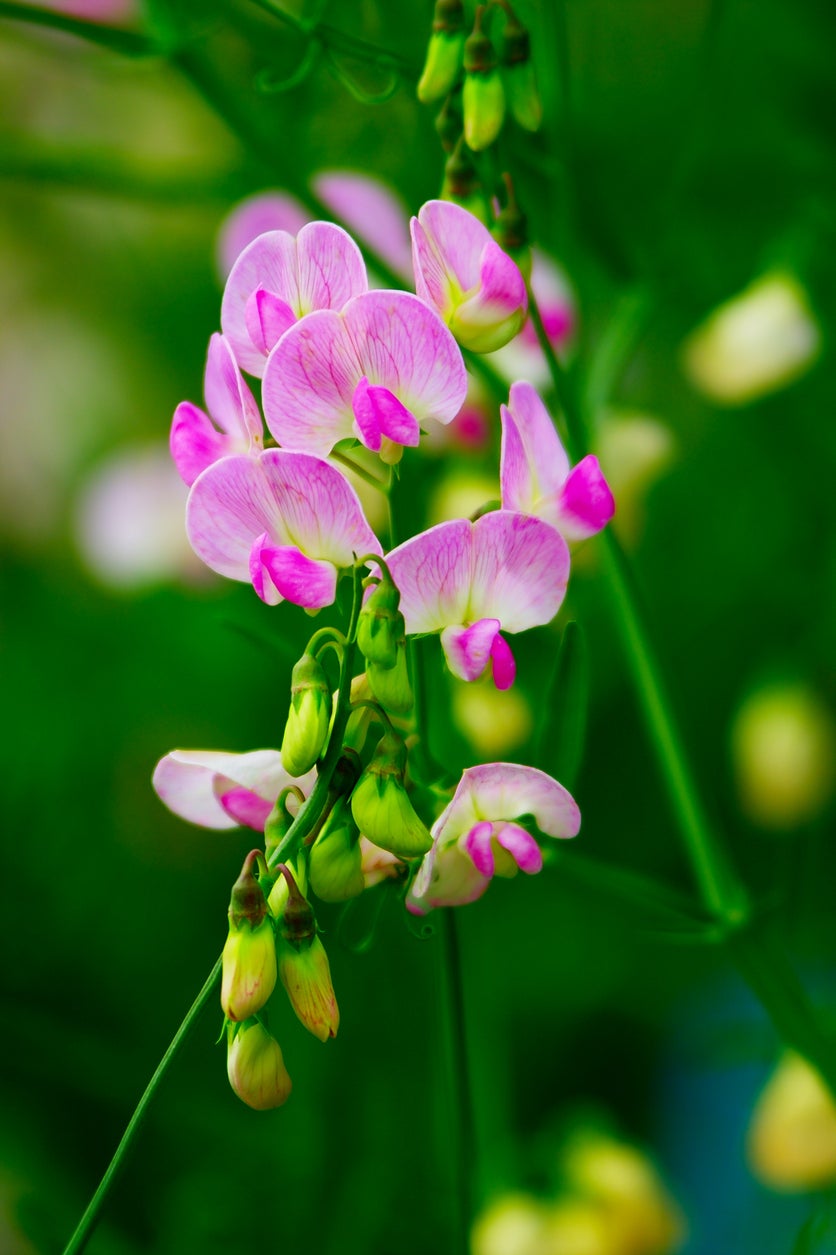 Container Grown Sweet Peas: How To Grow Sweet Pea Flowers In Pots
Container Grown Sweet Peas: How To Grow Sweet Pea Flowers In PotsWith their colorful and highly fragrant blossoms, sweet peas are extremely rewarding plants to grow. And, luckily, growing sweet peas in containers is also easy to do. Want to learn more about how to grow sweet pea flowers in pots? Click here.
By Liz Baessler
-
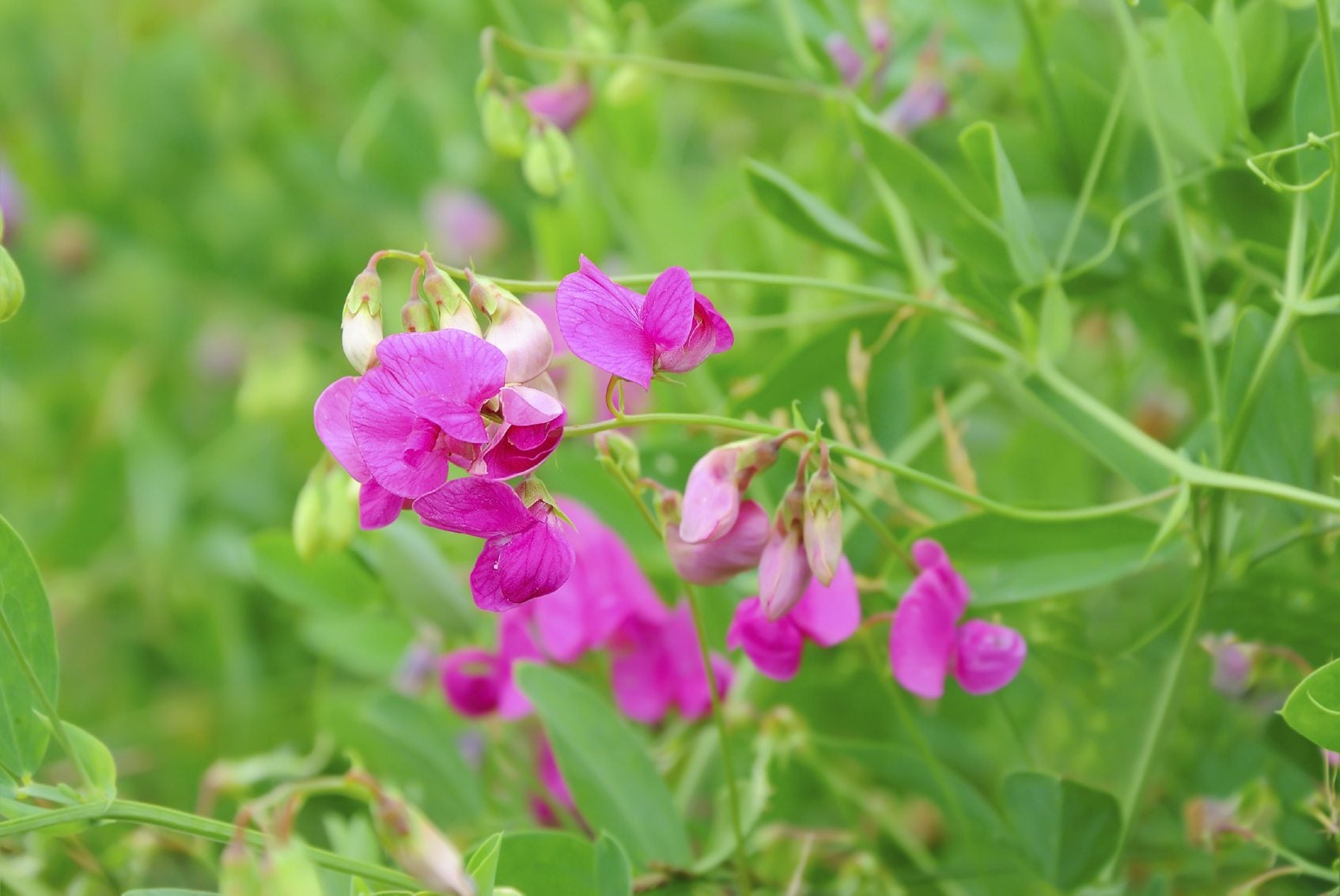 Sweet Pea Problems: Reasons For Sweet Pea Flowers Falling Off
Sweet Pea Problems: Reasons For Sweet Pea Flowers Falling OffIt's a common problem with sweet peas. One day the plants are loaded with buds that should open at any time, and the next day the buds are dropping off. Find out what causes bud drop and what to do about it in this article.
By Jackie Carroll
-
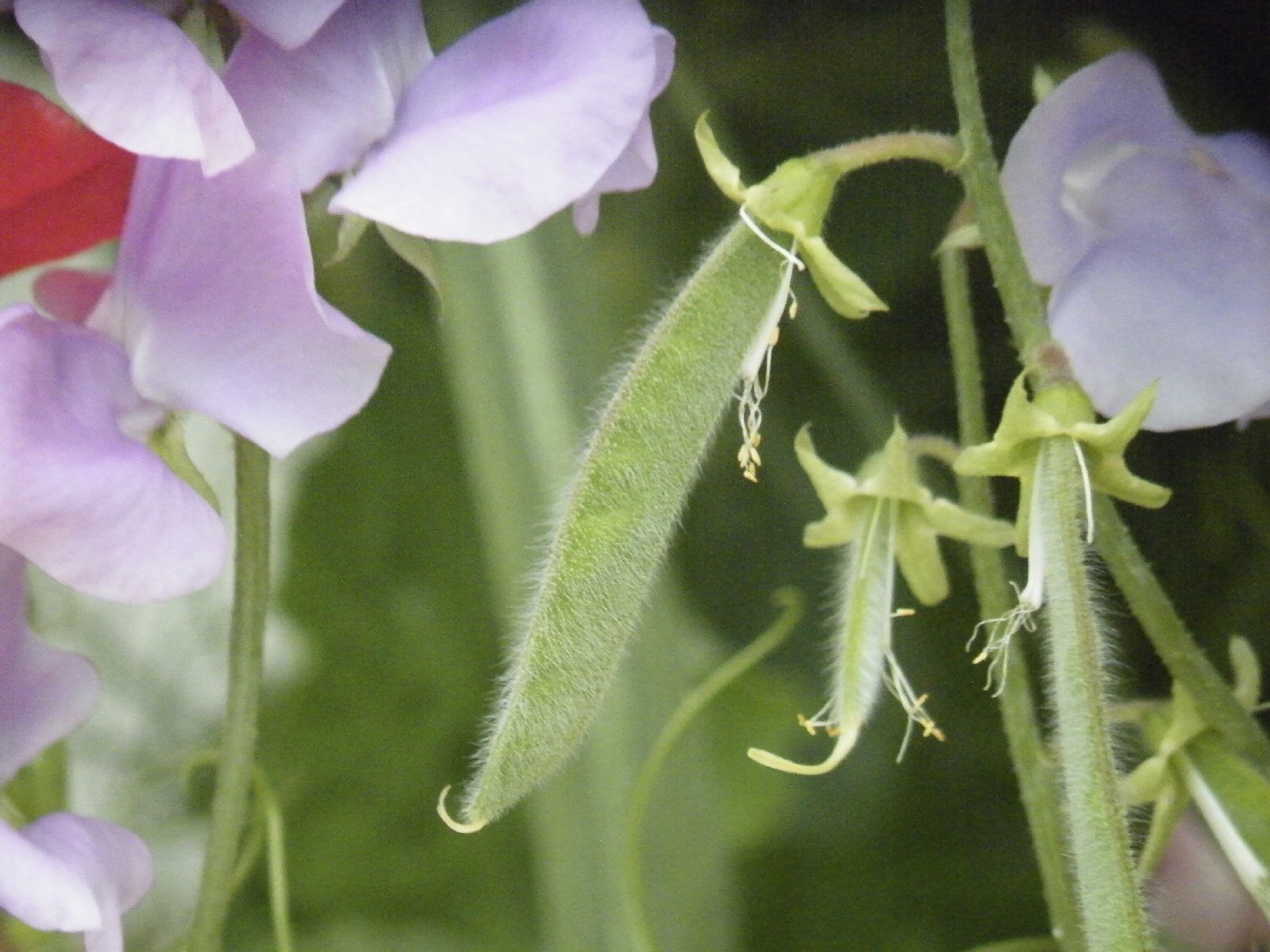 Sweet Pea Seedpods: Tips On Collecting Seeds From Sweet Peas
Sweet Pea Seedpods: Tips On Collecting Seeds From Sweet PeasSweet peas are one of the mainstays of the annual garden. When you find a variety you love, why not save the seeds so you can grow them every year? This article explains how to collect sweet pea seeds.
By Jackie Carroll
-
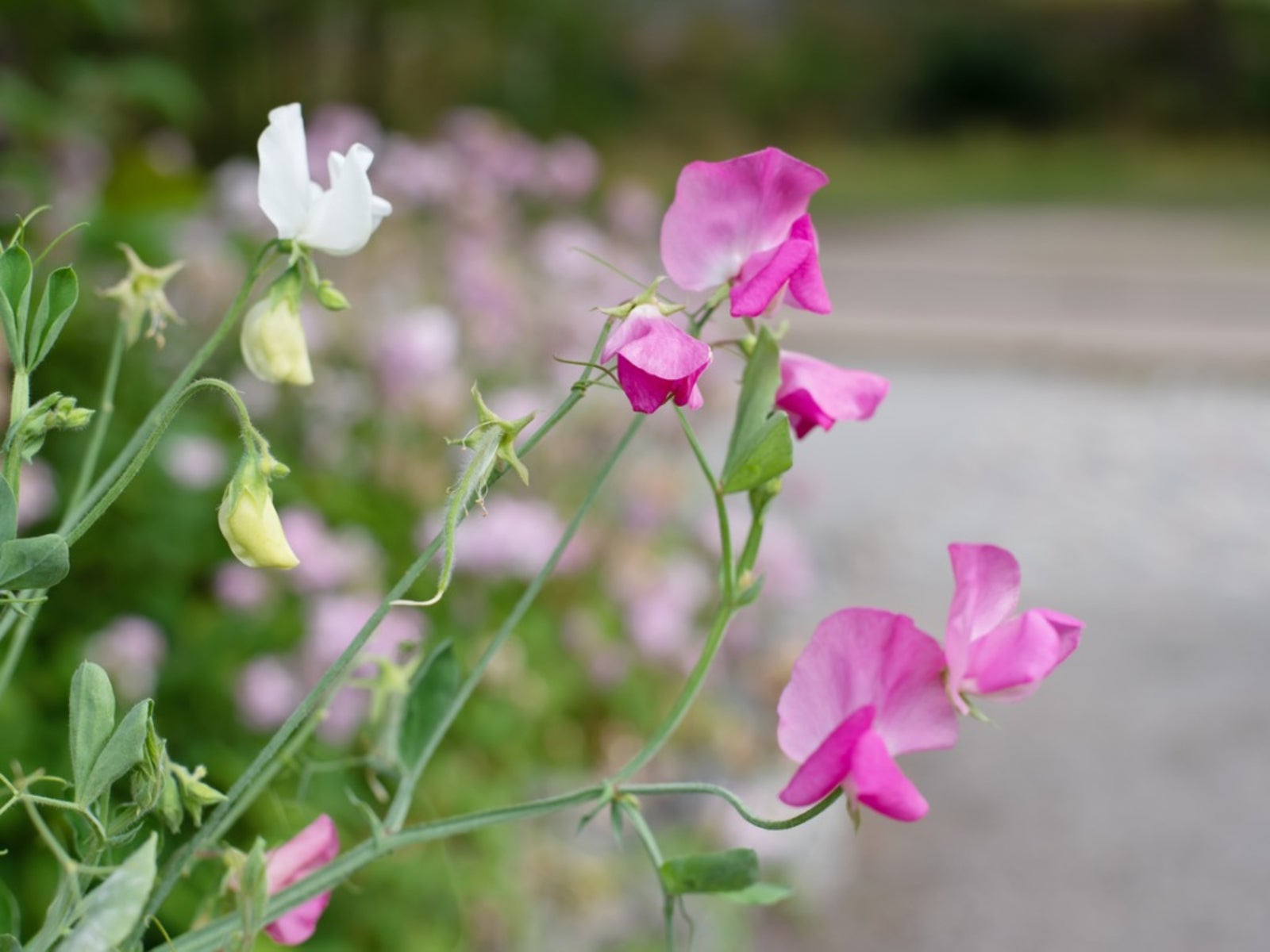 Care Of Sweet Peas - How To Grow Sweet Peas
Care Of Sweet Peas - How To Grow Sweet PeasThe sweet peas your grandmother grew truly deserved the name "sweet" because of their delightful fragrance. Taking care of sweet peas is easy. This article has tips that will help.
By Jackie Carroll